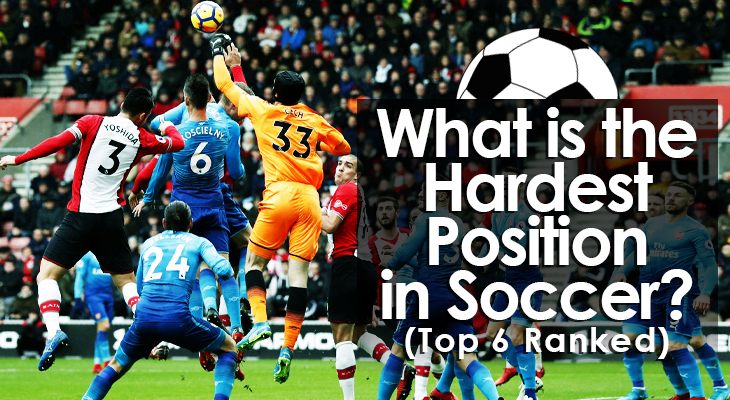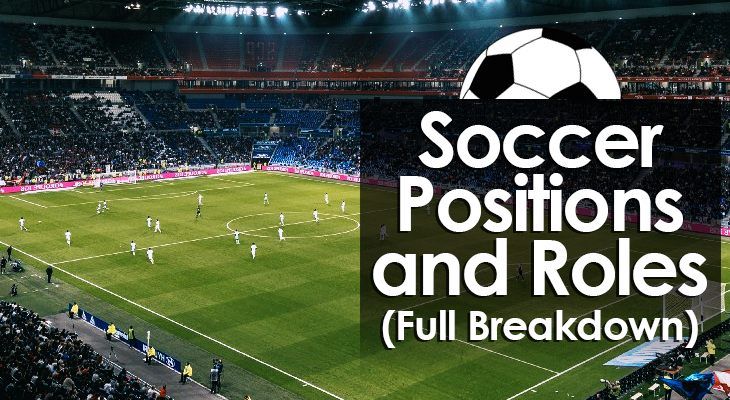- Home
- Soccer Positions
What is the Hardest Position in Soccer? (Top 6 Ranked)
Soccer is the most popular sport on the planet, enjoyed by billions of people around the world.
While anyone can take part to some degree, it’s by no means an easy sport to play competitively.
In a 11v11 contest, each player has their own set of responsibilities that requires a certain skill set and competency level.
Continue readingWhat is the Best Position in Soccer? (Top 6 Ranked)
If you’re new to soccer and trying to find a suitable spot on the field, it’s important to get familiar with the positions.
Although there are 11 players on each team, categorized into three core units: defense, midfield, and attack.
Depending on your physical attributes — like size, speed, strength, and technical skills — your playing style suit a particular position.
Continue readingSoccer Positions, Numbers, and Roles (Full Breakdown)
Traditionally, each position’s role was straightforward:
Defenders would defend. Attackers would attack. Midfielders would mix in a bit of both.
But as the game has evolved, so too has each position in soccer.
Now individual roles are more fluid than ever.
Continue readingWhat is a Fullback in Soccer? (Full Position Guide)
Teams deploy fullbacks on either end of the backline, operating as wide defenders up and down the entire length of the field.
Once viewed as insignificant players who simply fill in the numbers and perform basic defensive tasks, the role of a fullback has now evolved enormously.
In fact, modern fullbacks have arguably grown in importance more than any other position in the past decade.
Continue readingWhat is a Goalie in Soccer? (Full Position Guide)
A goalkeeper – often referred to as a goalie or keeper – is the last line of defense on a soccer field
Teams require goalies to do everything possible to prevent the opponent from scoring.
It’s undoubtedly the most unique position in all of soccer, with leagues holding them to a different ruleset than outfield players.
Continue reading




